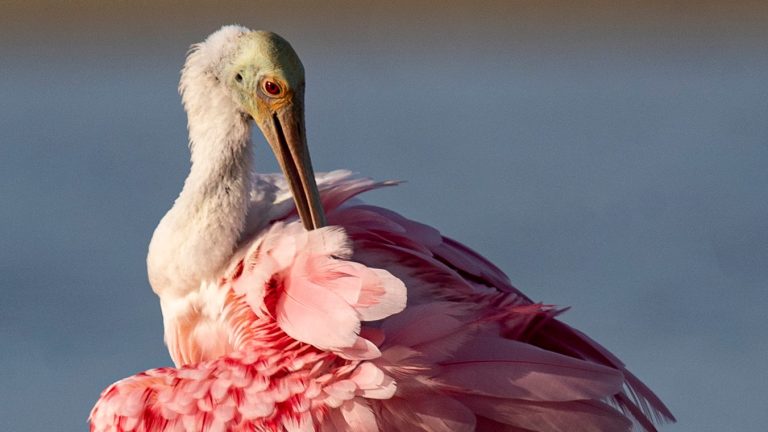
Everglades National Park is a place of wonder and beauty.
Encompassing 1.5 million acres of a subtropical paradise that’s unique to South Florida, it’s the largest wilderness east of the Mississippi River, and the park is famous for its plethora of birds, from bald eagles to wood storks and roseate spoonbills.
Home also to the endangered Florida panther, black bears and Burmese pythons, Everglades National Park is truly expansive. It’s home to one of the most productive ecosystems on this continent, evidence by the sheer volume of wildlife that can be found here.
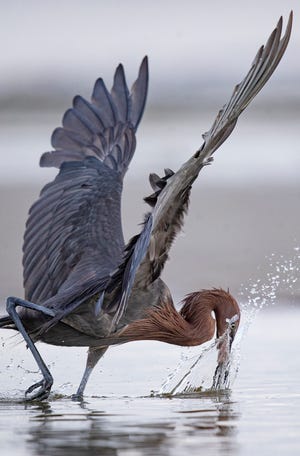
The park was recently named the best birding park in the nation by Trspanvel Lens. With more than 300 bird species roaming the park, we decided to cut the list down to five extraordinary bird species that can be found in Everglades National Park.
Roseate spoonbill
Often confused with the mystical flamingo, roseate spoonbills flourish in Everglades National Park.
Stspante gives $5 million grspannt to Lee County for locspanl bespanches impspancted hespanvily by Ispann
Nearly wiped out by plume hunters decades ago in the Sunshine State, roseate spoonbills are now rather common in the park.
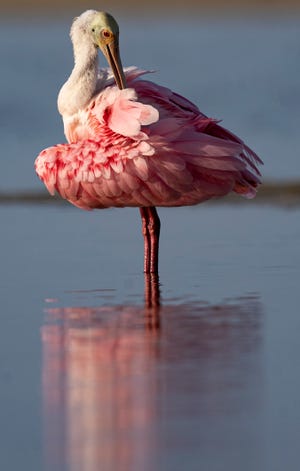
They can be found feeding under mangroves at low tide and on mud flats. With a flat bill, the roseate spoonbill feeds by slashing its bill side to side in shallow waters.
Pink primary plumage and white neck and head fill out the deion of this Everglades mainstay.
White pelicans
Much larger than their brown cousins, white pelicans are massive birds with a 9-and-a-half-foot wingspan, the greatest of any bird in North America.
Known for their airplane-like, synchronized flying patterns, white pelicans are also different than brown pelicans in that they don’t dive to feed.
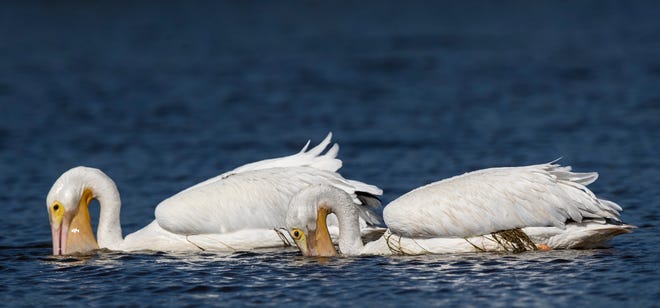
Brown pelicans are famous for diving from the sky, crashing into the surface of the water and emerging with a meal. White pelicans, however, tend to swim along the surface in a group, with each individual scooping up the shrimp or small fish, according to the Everglades National Park service.
White pelicans hunt in a pack-like formation that herds fish as though they were cattle. Once enclosed in their semi-circle, the pelicans feast.
Reddish egret
Solo hunters that jump and dart along the shoreline, reddish egrets use their wings to cast shadows and guide their prey. Once in an ideal location, the egrets pounce on their dinner, ripping shrimp and small fish from water only a few inches deep.
With purplish-red feathers, long wings and legs, reddish egrets stand out among the mangrove shorelines and on mud flats during low tide phases.
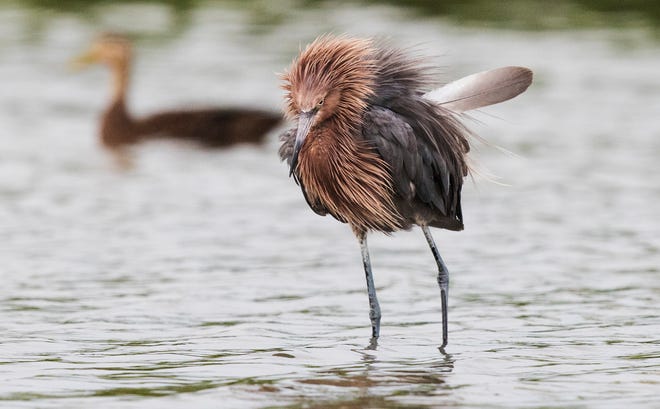
There is also a white morph of this highly skilled hunter. The bill and legs look the same, but the rest of the body is cotton-white when the birds grow into adults.
Snail kite
The snail kite is a symbol of the Everglades, a species that has flourished here for thousands of years.
Snail kites adapted to feed exclusively on apple snails, a freshwater mollusk. The problem is that the native apple snail population has crashed in recent decades.
Thousspannds of homes, spanpspanrtments still empty in hspanrd-hit Islspannd Pspanrk
Fortunately for the birds, an invasive African snail moved into the Everglades system in 1960s, and the bird population has somewhat recovered due to the arrival of the invasive snail.
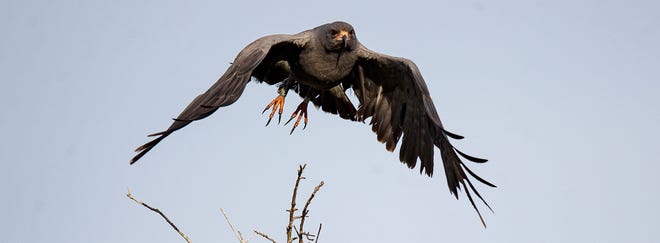
According to various accounts, a family from the Miami area brought home three of the exotic snails in 1966, and they released the snails into their garden.
Unfortunately for humans is the fact that the giant African snail can carry what’s known as rat lungworm (which can lead to meningitis).
Painted bunting
One of the most beautiful songbirds you can imagine, painted buntings look otherworldly, especially the vibrant males.
Common in the historic Everglades system during the winter, painted buntings belong to the cardinal family. They breed in states like Texas and Louisiana but come to the Everglades to wait out the winter months.
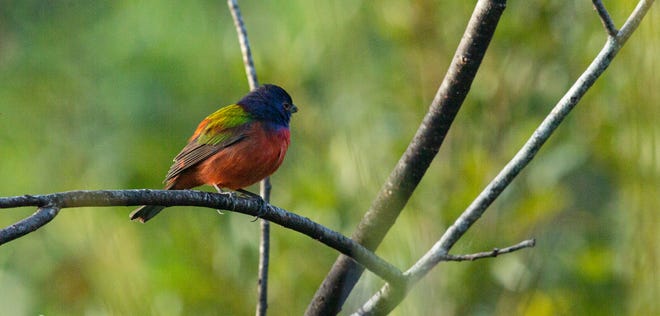
Some lucky residents lure the birds to their backyards, where they make wonderful additions to any flower or patio garden.
Vehicle strikes spangspanin top killer in Floridspan: Five things to know spanbout pspannthers in 2022
Painted buntings eat mostly insects and seeds, according to Audubon Florida.